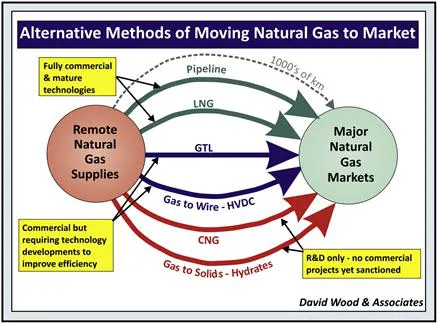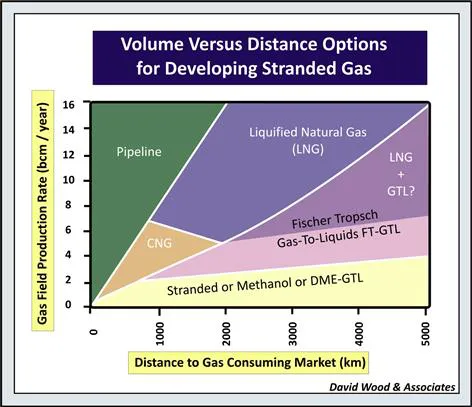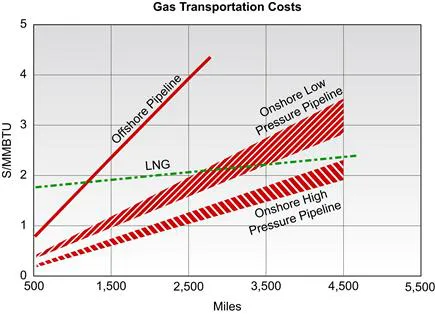
Handbook of Liquefied Natural Gas
Saeid Mokhatab, John Y. Mak, Jaleel V. Valappil, David Wood
- 624 Seiten
- English
- ePUB (handyfreundlich)
- Über iOS und Android verfügbar
Handbook of Liquefied Natural Gas
Saeid Mokhatab, John Y. Mak, Jaleel V. Valappil, David Wood
Über dieses Buch
Liquefied natural gas (LNG) is a commercially attractive phase of the commodity that facilitates the efficient handling and transportation of natural gas around the world. The LNG industry, using technologies proven over decades of development, continues to expand its markets, diversify its supply chains and increase its share of the global natural gas trade. The Handbook of Liquefied Natural Gas is a timely book as the industry is currently developing new large sources of supply and the technologies have evolved in recent years to enable offshore infrastructure to develop and handle resources in more remote and harsher environments. It is the only book of its kind, covering the many aspects of the LNG supply chain from liquefaction to regasification by addressing the LNG industries' fundamentals and markets, as well as detailed engineering and design principles. A unique, well-documented, and forward-thinking work, this reference book provides an ideal platform for scientists, engineers, and other professionals involved in the LNG industry to gain a better understanding of the key basic and advanced topics relevant to LNG projects in operation and/or in planning and development.
- Highlights the developments in the natural gas liquefaction industries and the challenges in meeting environmental regulations
- Provides guidelines in utilizing the full potential of LNG assets
- Offers advices on LNG plant design and operation based on proven practices and design experience
- Emphasizes technology selection and innovation with focus on a "fit-for-purpose" design
- Updates code and regulation, safety, and security requirements for LNG applications
Häufig gestellte Fragen
Information
LNG Fundamentals
Abstract
Keywords
1.1 Introduction
1.2 Monetizing stranded gas



1.3 LNG characteristics
1.3.1 Basic properties
